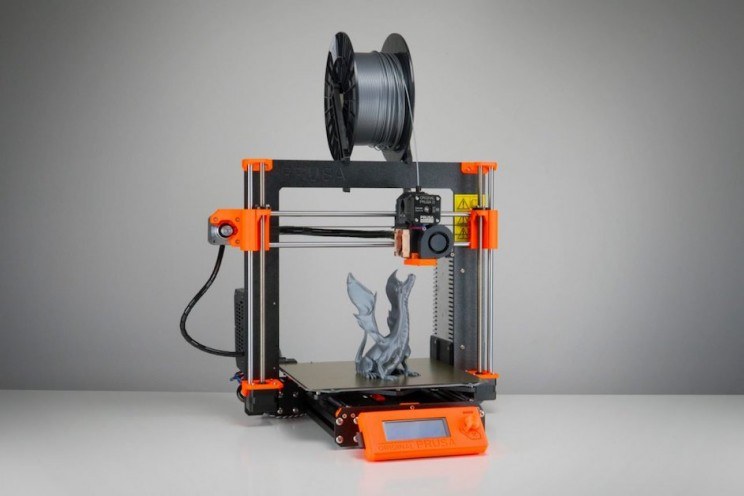

Date: 27th September 2019
Something often comes up during project discussions with clients and that is the need to design with a particular process in mind. For a prototype this is often for 3D printing; for production it may be injection moulding. There are other criteria also.
"It's only a prototype"
Most people understand that a prototype will be different to a fully manufactured product. This is perhaps normally assumed to be in terms of quality of finish and other 'cosmetic' details. However in reality it goes deeper than this.
There are five main factors that will affect the design besides just whether it will work or not:
Before embarking on product design it is necessary to build and test a proof-of-concept prototype. The primary objective is to evaluate if the invention actually works and then if it does, how to optimise its performance. But beyond this there are several considerations and many minor factors that will have to be taken into account.

Marketing considerations
If the project gets to the point where it is going to be manufactured then issues such as the logo, the colours, finishes etc will need to be worked out probably in consultation with marketing and other professionals before the design is finalised. But right at the beginning the focus is on proving the concept. This has two main
questions to answer: Is it new? And does it work?
Intellectual property considerations: Is it new?
The most obvious point here is that if it has been done before then there is perhaps little point in investing in a concept that is already well known but it is not always clear-cut. Sometimes the design just needs to be altered to avoid being too similar to something that is already out there.
Prototyping: does it work? (methods and materials)
If you feel confident that it is (probably) a new idea the next stage is to make sure it works and to optimise the design in terms of function. CAD and 3D printing have revolutionised how prototypes are made of course. But the design will need to be done with consideration of the process that will be used to make the part in mind. A desktop 3D printed part may have to be designed to get around some of the limitations of the process.
The most common one with desktop 3D printing is perhaps that overhangs may need to be supported (desktop 3D printers don't like printing into 'thin air').
Another problem can be size: components that are larger than the 'bed' of the printer may have to be designed in sections.
Another issue will be the material selection. 3D printed parts are often made
from a biodegradable material called poly-lacitc acid (PLA). This is similar to nylon. It is very tough and durable but of course it will soften and melt at low temperatures (and biodegrades after some years).

Design for manufacturing
The prototype might work well but it may need to be altered to accommodate
the manufacturing process such as how to facilitate injection moulding.
For example, a mould tool that needs 'side actions' will be a lot more expensive than a simple 'straight-pull' mould. Generally, injection mould tools are the most expensive kind of tooling so it might be better to design the product using another process to keep the tooling costs down. For instance, instead of an injection-moulded plastic component, perhaps it could be made of folded sheet metal?
Certification considerations
An invention might be new and the design may have been developed so that it works optimally and is ready for manufacturing, but it might need to be altered to comply with various British, EU or other standards. So at some stage, research will be required to make sure that the design does comply with all the relevant laws.
An example is the 'restriction of hazardous substances' (RoHS) regulation. Other regulations may apply also such as those intended to safeguard against entrapment risks for hands or feet (for products for children).
Final comments
Of course in practice wherever possible, the above considerations are taken into account as early as possible and there may be a lot of overlap: the five main design 'categories' mentioned here are not always distinct from each other but it is important to realise that there is a lot more to consider than simply whether or not it actually works but also, timing is important: there is no point worrying too much
about marketing considerations if you are still unsure whether if it will actually work.
Please get in touch if you would like to discuss your project.
Ian